 Pet urine within the air ducts is an extremely unpleasant odor. Sometimes trouble shooting where the pet urine odor is coming from can be quite difficult. Here are some great instructions on how to remove pet urine odor from air ducts.
Pet urine within the air ducts is an extremely unpleasant odor. Sometimes trouble shooting where the pet urine odor is coming from can be quite difficult. Here are some great instructions on how to remove pet urine odor from air ducts.
Locating the Sources
Before you can correct a pet urine problem you have to identify all of the areas affected. Sometimes it can be difficult to isolate or identify source of the pet urine odor. One of the easiest methods of locating where pets have urinated is through the use of a UV black light. First darken the room, and then shine the UV black light near vent register openings, pet urine stains will glow in the dark.
Cleaning the Surrounding Areas
As pets urinate into the vent registers, the urine is likely to collect around the carpet or hardwood floor near the air vent register opening. If you do not clean the areas around the air vent register opening the scent of the urine will cause the pet to instinctively re-soil the area.
One of the best methods for removing the odor is to use baking soda and white vinegar. Prior to using baking soda and white vinegar, be sure to check with your flooring manufacturer to see if it will affect your floors finish. Never use ammonia or ammonia based cleaning products. While ammonia is a good cleaning product, one of the components of pet urine is ammonia, and the odor of the ammonia can lead your pet to instinctively re-soil the area.
DO NOT spray cleaning chemicals into the air ducts, only specific chemicals may be used within air ducts. Your ventilation system is designed to redistribute air and can potentially distribute the volatile cleaning fumes throughout the home. If you have accidently poured chemicals within the air ducts, open the doors and windows and call a duct cleaning professional.
Duct Cleaning
After you have cleaned the surrounding area of the air vent registers, hire a professional air duct cleaning contractor. Debris within the air ducts will harbor pet urine odor. As the heating and air conditioner is in operation, pet urine odor can distribute throughout the entire home. An duct cleaning contractor will be able to access the HVAC system and help you to restore the HVAC system to its proper condition.

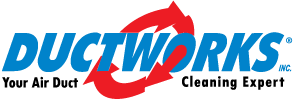
 Regional climate plays a large role in Indoor Air Quality and comfort. Regional climate characteristics are determined by geographic location and long term weather conditions. Two of the most important factors that affect an areas climate are temperature and precipitation.
Regional climate plays a large role in Indoor Air Quality and comfort. Regional climate characteristics are determined by geographic location and long term weather conditions. Two of the most important factors that affect an areas climate are temperature and precipitation.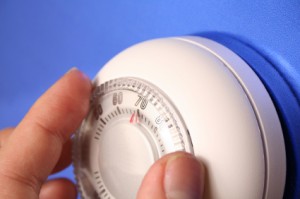 If you are planning on installing an air conditioner before the weather heats up, it is important to have the air ducts cleaned before the air conditioner is installed. Having the air ducts cleaned before the air conditioning is installed will prevent numerous avoidable problems from occurring.
If you are planning on installing an air conditioner before the weather heats up, it is important to have the air ducts cleaned before the air conditioner is installed. Having the air ducts cleaned before the air conditioning is installed will prevent numerous avoidable problems from occurring.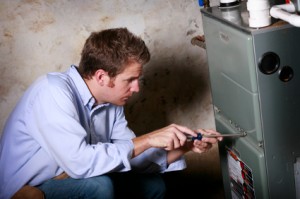 Site preparation is a key element to every successful air duct cleaning service. Before a job begins, the home owner an air duct cleaning contractor need to review and evaluate all aspects of the air duct cleaning process.
Site preparation is a key element to every successful air duct cleaning service. Before a job begins, the home owner an air duct cleaning contractor need to review and evaluate all aspects of the air duct cleaning process.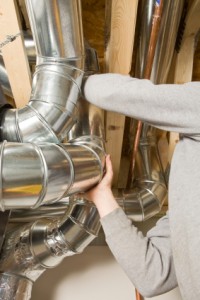 Air duct cleaning services have been available since the 1900’s. Over the years there have been numerous changes in technologies and industry standards. Air duct cleaning method advancements have improved the quality and safety of the air duct cleaning process. Before agreeing to clean your air ducts, you should learn about the different air duct cleaning methods.
Air duct cleaning services have been available since the 1900’s. Over the years there have been numerous changes in technologies and industry standards. Air duct cleaning method advancements have improved the quality and safety of the air duct cleaning process. Before agreeing to clean your air ducts, you should learn about the different air duct cleaning methods. Selecting a qualified air duct cleaning contractor can be a daunting task. Luckily there are several great resources for air duct cleaning reviews that can help you with choosing the right company.
Selecting a qualified air duct cleaning contractor can be a daunting task. Luckily there are several great resources for air duct cleaning reviews that can help you with choosing the right company.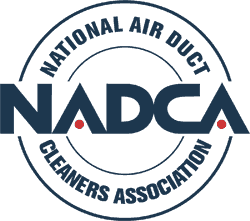 For decades the National Air Duct Cleaners Association (NADCA), has been educating consumers on the process and benefits of air duct cleaning. Currently there is research study underway to measure the correlation between energy pressure drop and energy savings.
For decades the National Air Duct Cleaners Association (NADCA), has been educating consumers on the process and benefits of air duct cleaning. Currently there is research study underway to measure the correlation between energy pressure drop and energy savings.